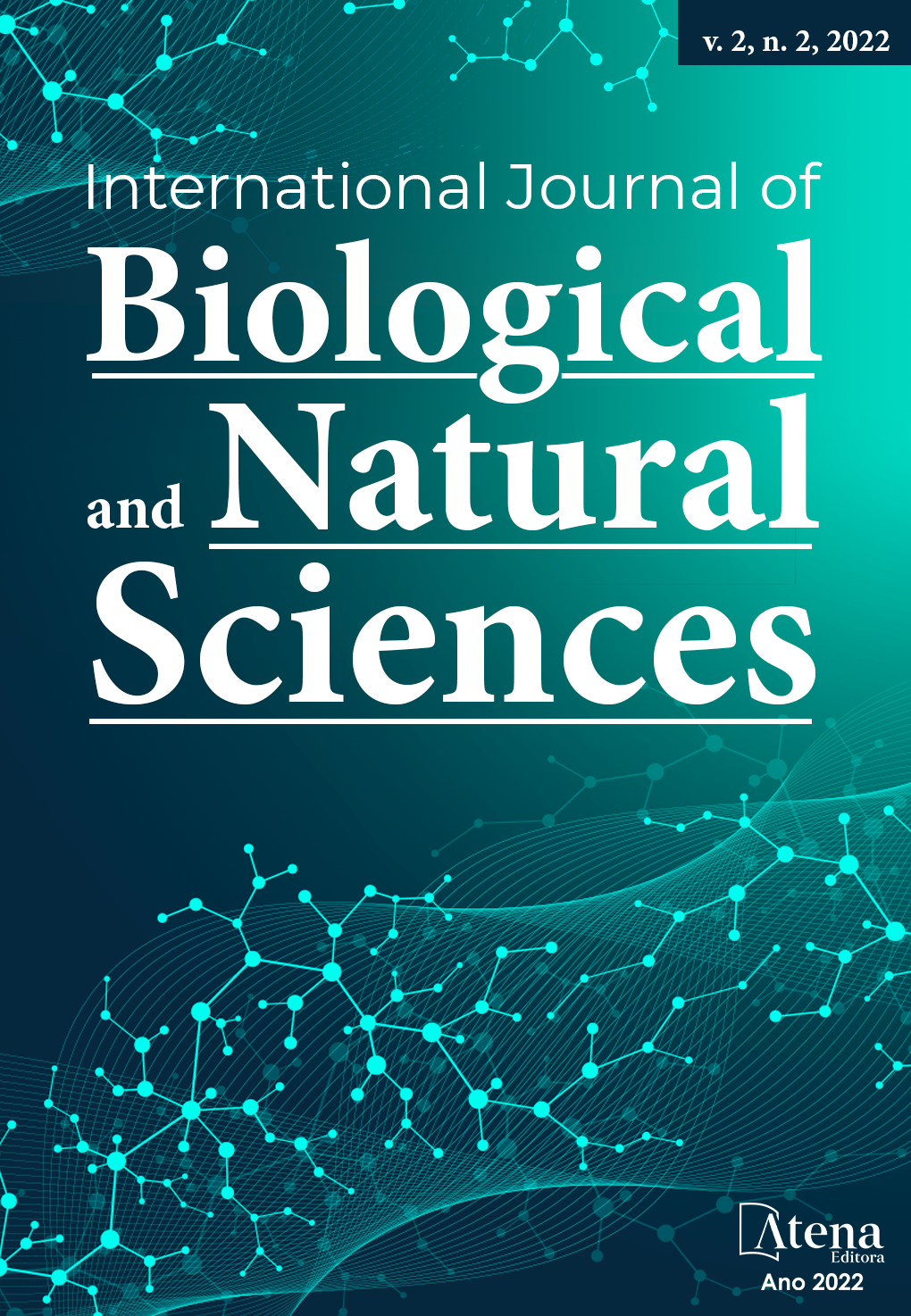
LAMBDA-CYHALOTHRIN PROMOTES OXIDATIVE STRESS AND PATHOLOGICAL CHANGES IN THE MIDGUT AND GONADS OF COTTON BOLL WEEVIL
The cotton boll weevil, Anthonomus grandis, is the main cotton pest in Brazil and its control is mainly based on the application of conventional insecticides, such as pyrethroids. Insecticides are one of the examples of stressing agents that can promote damage to intestinal epithelial cells, impairing the absorption of nutrients and causing deleterious effects on the life history of these organisms. Therefore, the present study evaluated the effects of lambda-cyhalothrin pyrethroid on oxidative stress, apoptosis, cell proliferation and morphohistochemistry of the midgut and gonads of A. grandis. For this, flower buds were immersed in the insecticide solution (200 µL of the active ingredient + 100 mL of distilled water) and offered to adult insects for 24h. All parameters were evaluated 24h after feeding. In all treatments with the insecticide, there was histological damage to the midgut characterized by protrusions, vacuolization and disorganization of columnar cells, in addition to a substantial increase in regenerative cells. grouped in nests. The cell proliferation index revealed positive nuclei above 40%, while the apoptotic index revealed above 80%. It was also observed, from the measurement of lipid peroxidation, an increase in oxidative stress. In the testes there was a higher proportion of cysts in relation to sperm (characterizing reduction) and thickening of the peritoneal covering, while in the ovarioles the seminal vesicle was not identified. In the treated group, the number of pixels was lower, configuring a histochemical decrease in carbohydrates and proteins. Therefore, we conclude that the lambda-cyhalothrin pyrethroid is capable of increasing oxidative stress and promoting morphohistochemical and immunohistochemical pathological changes in the midgut epithelium and gonads, with consequences for gametogenesis in adults of A. grandis.
LAMBDA-CYHALOTHRIN PROMOTES OXIDATIVE STRESS AND PATHOLOGICAL CHANGES IN THE MIDGUT AND GONADS OF COTTON BOLL WEEVIL
-
DOI: 10.22533/at.ed.813222216035
-
Palavras-chave: Pyrethroid, boll weevil, oxidative stress, apoptosis, cell proliferation, gonads.
-
Keywords: Pyrethroid, boll weevil, oxidative stress, apoptosis, cell proliferation, gonads.
-
Abstract:
The cotton boll weevil, Anthonomus grandis, is the main cotton pest in Brazil and its control is mainly based on the application of conventional insecticides, such as pyrethroids. Insecticides are one of the examples of stressing agents that can promote damage to intestinal epithelial cells, impairing the absorption of nutrients and causing deleterious effects on the life history of these organisms. Therefore, the present study evaluated the effects of lambda-cyhalothrin pyrethroid on oxidative stress, apoptosis, cell proliferation and morphohistochemistry of the midgut and gonads of A. grandis. For this, flower buds were immersed in the insecticide solution (200 µL of the active ingredient + 100 mL of distilled water) and offered to adult insects for 24h. All parameters were evaluated 24h after feeding. In all treatments with the insecticide, there was histological damage to the midgut characterized by protrusions, vacuolization and disorganization of columnar cells, in addition to a substantial increase in regenerative cells. grouped in nests. The cell proliferation index revealed positive nuclei above 40%, while the apoptotic index revealed above 80%. It was also observed, from the measurement of lipid peroxidation, an increase in oxidative stress. In the testes there was a higher proportion of cysts in relation to sperm (characterizing reduction) and thickening of the peritoneal covering, while in the ovarioles the seminal vesicle was not identified. In the treated group, the number of pixels was lower, configuring a histochemical decrease in carbohydrates and proteins. Therefore, we conclude that the lambda-cyhalothrin pyrethroid is capable of increasing oxidative stress and promoting morphohistochemical and immunohistochemical pathological changes in the midgut epithelium and gonads, with consequences for gametogenesis in adults of A. grandis.
-
Número de páginas: 26
- Valéria Wanderley Teixeira
- Álvaro Aguiar Coelho Teixeira
- Leucio Duarte Vieira Filho
- Fábio Aquino de Albuquerque
- Guilherme Gomes Rolim
- Ismaela Maria Ferreira de Melo
- Kamilla de Andrade Dutra
- Valeska Andrea Ático Braga
- Maria Clara da Nóbrega Ferreira
- Carolina Arruda Guedes
- Glaucilane dos Santos Cruz
- Hilton Nobre da Costa


